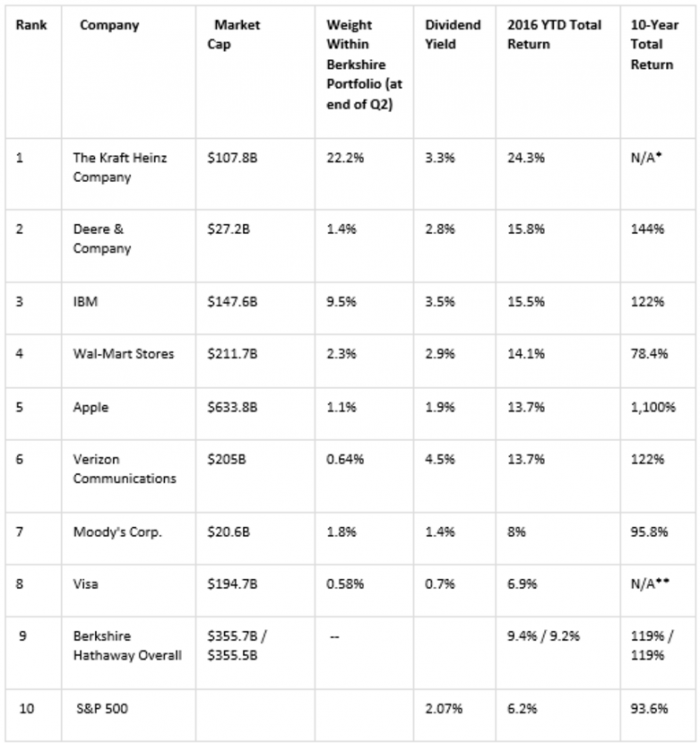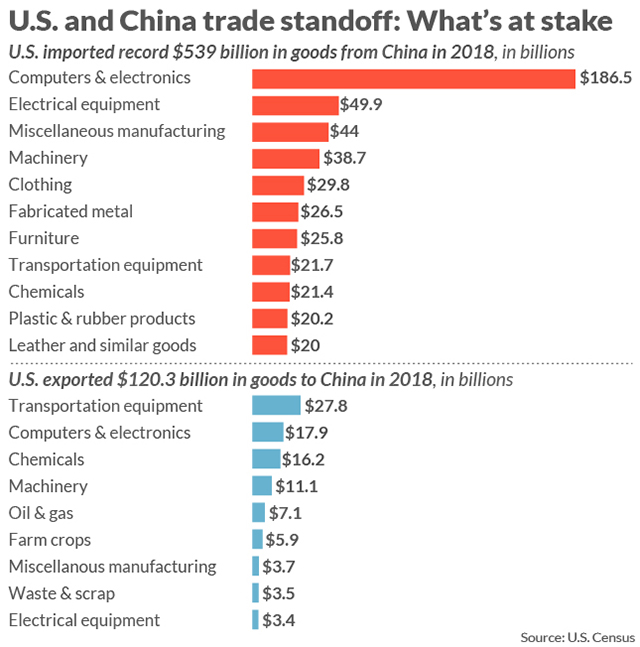Understanding Accounts Receivable Definition and Examples Bench Accounting

In accrual accounting, when finance teams record all unpaid expenses, they act as placeholders for cash events. For instance, say our eyewear maker decides to initiate a new $1,000 purchase from Frames Inc. and agrees to pay 50% of the cost upfront and the remainder on delivery. In the case of inventory items, like frames, the expense is recognized when the items are sold to the customer — when the revenue is earned. Generally, the full amount will be recorded as an expense when the invoice is received (assuming the goods or services have been provided).
- If you have a good relationship with the late-paying customer, you might consider converting their account receivable into a long-term note.
- Once a company delivers goods or services to the client, the AR team invoices the customer and records the invoiced amount as an account receivable, noting the terms.
- Many businesses use accounts receivable aging schedules to keep tabs on the status and well-being of AR.
- A quick glance at this schedule can tell us who’s on track to pay within 30 days, who’s behind schedule, and who’s really behind.
An accounts receivable aging schedule is a financial statement that categorizes outstanding receivables based on the length of time they have been outstanding. They also represent a line of credit with payment terms, which are unique to each company. Once an invoice is sent to a customer, the business will record their accounts receivable as an asset since that customer is legally obliged to pay their debt. As well as referring to trade receivables, the term ‘accounts receivable’ is also used to mean the organization’s team responsible for collecting customer payments.
What is the difference between AR and AP?
Expanding the amount of credit offered to customers can mean that a firm’s bad debts increase. This is especially likely when a firm maintains a loose credit policy during an economic downturn, when customers may struggle to pay their bills. In addition, having more receivables increases the working capital requirements of a business, which may call for additional funding to keep it solvent. When it becomes clear that an account receivable won’t get paid by a customer, it has to be written off as a bad debt expense or one-time charge.
A company’s accounts payable (AP) ledger lists its short-term liabilities — obligations for items purchased from suppliers, for example, and money owed to creditors. Accounts receivable (AR) are funds the company expects to receive from customers and partners. An account receivable (AR) is the money that a company will receive from a customer for purchasing a product or service on credit. The word “receivable” means that a business hasn’t received the payment yet but will do so in the future and the money is considered an asset in a company’s balance sheet. This data is stored in the “current assets” tab of a balance sheet or chart of accounts. The term “accounts receivable” is used to identify receivables on a company’s balance sheet as an asset.
A high accounts receivable turnover likewise demonstrates that a business has a great client base who can pay off credit swiftly. A high proportion can also show that a business follows a traditional flow like net-20-days or even net-10-days. Non-trade receivables are another category of asset that represents money that hasn’t yet been paid to a business but will be soon. Contrary to trade receivables, though, non-trade receivables are the money owed to a business from sources other than the sale of inventory or stock.
If some customers didn’t pay once, you don’t want to deal with these customers again. The two methods are not mutually exclusive, and some businesses will have a provision for doubtful debts, writing off specific debts that they know to be bad (for example, if the debtor has gone into liquidation). Using the same assumptions as the prior section, the journal entry to reflect the purchase made on credit is as follows. The manufacturer placed an order and the requested components were delivered based on the purchase agreement.
Managing your receivables with Synder
You are newly hired as a bookkeeping analyst at Yum Yum Cream, a company that manufactures gourmet ice cream and sells to a variety of retail stores in the Detroit, Michigan area. Your manager explains to you that the company is a bit behind in its bookkeeping and that the previous analyst did not really understand how to account for credit sales. You assure the manager by explaining that you are a master in dealing with Accounts Receivable given the lesson that you learned. Based on this information, a company may make a decision to cut further deals with such clients.
Confusion May Lead to Contradictions – Econlib
Confusion May Lead to Contradictions.
Posted: Sat, 29 Jul 2023 13:05:09 GMT [source]
In business transactions, companies will often purchase items on account (not for cash). The term used to call the transactions is purchases “on account,” which signifies a transaction where cash is not involved. Before deciding whether or not to hire a collector, contact the customer and give them one last chance to make their payment.
Improved customer relations
Companies can also receive early payment if their customers give them access to early payment programs such as supply chain finance or dynamic discounting. These are initiated by the buyer rather than the seller and tend to provide funding at a lower interest rate than methods such as factoring. However, the other side of this equation is the buyer, who may wish to extend payment terms in order to increase their Days Payable Outstanding (DPO). This can result in a higher DSO for suppliers, which may not receive payment for 60 or 90 days in some cases. Starting from Year 0, the accounts receivable balance expands from $50 million to $94 million in Year 5, as captured in our roll-forward.
It can also reveal your business’s ability to maintain consistent cash flow without the need to convert larger assets into cash. Accounts receivable is the balance owed by customers to a business for goods and services that the latter has sold or provided on credit. In other words, any money that a business has a right to collect as payment is listed as accounts receivable. When a company owes debts to its suppliers or other parties, these are accounts payable. To illustrate, imagine Company A cleans Company B’s carpets and sends a bill for the services.

Although this example focused mainly on accounts payable, you can also do this with accounts receivables as well and we can demonstrate that with this next example. Simply getting on the phone with a client and reminding them about unpaid invoices can often be enough to get them to pay. Sending email reminders at regular intervals—say, after 15, 30, 45, and 60 days—can also help jog your customers’ memory. Here’s an example of an accounts receivable aging schedule for the fictional company XYZ Inc. For comparison, in the fourth quarter of 2021 Apple Inc. had a turnover ratio of 13.2.
Understanding Accounts Receivable
This type of solution also gives sellers more certainty about the timings of future payments, making it easier to forecast cash flows effectively. Another option is asset-based lending (ABL), in which companies can access a line of credit with funding secured against assets such as accounts receivable. ABL can also be structured around other assets, such as commercial property, equipment, or inventory.
However, the manufacturer is a long-time customer with an agreement that provides them with 60 days to pay post-receipt of the invoice. For purposes of forecasting accounts receivable in a financial model, the standard modeling convention is to tie A/R to revenue, since the relationship between the two is closely linked. Also, numerous vendors, including Oracle, Workday and SAP, sell software for automating management of accounts receivable and integrating the process with an ERP (enterprise resource planning) system. Adam Hayes, Ph.D., CFA, is a financial writer with 15+ years Wall Street experience as a derivatives trader. Besides his extensive derivative trading expertise, Adam is an expert in economics and behavioral finance.

They might call them an outstanding invoice, which means they are an invoice that has been sent to a client but remains unpaid. Some business owners might simply call them debts, receivables for short, or a line of credit. Managing the accounts for a large company or small business should be efficient, and Synder’s got the functionality you need. Whether you’re a business owner trying to make sense of your accounts, or a CPA offering a wide scope of services, automation is the key to unlocking more time and resources. If you’re looking for ways to streamline your AR process and have a clearer picture of your cash flow, it’s time to think about automation.
The accounts receivable of a company, which are also called AR, are the money that is owed to the company by customers for goods sold or services rendered. In order for an AR account to be created, there must be a sale made by a company to a buyer that involves an extension of credit. If a sale is made where cash is received at the time of the sale, then no AR is created.
Accounts receivable is considered an asset and is listed as such on a business’s balance sheet. In seeking to win credit backed by the money it is owed, a company’s accounts receivable turnover ratio becomes an important factor. The ratio counts the number of times a company collects its average AR over a year and is a way to determine a company’s skill at converting receivables into cash. A bank, for example, might look at the ratio to determine the likelihood of being repaid or set an interest rate for loaning money to a company based on its accounts receivables. Accounts receivable is comprised of those amounts owed to a company by its customers, while accounts payable is the amounts owed by a company to its suppliers. Accounts receivable appear on the company’s balance sheet as an asset, while accounts payable appear as a liability.
What are examples of receivables?
The discounts benefit both parties because the borrower receives their discount while the company receives their cash repayment sooner, as companies require cash for their operating activities. If the costs of collecting the debt start approaching the total value what do you mean by receivable of the debt itself, it might be time to start thinking about writing the debt off as bad debt—that is, debt that is no longer of value to you. Bad debt can also result from a customer going bankrupt and being financially incapable of paying back their debts.
Stryker Corporation (NYSE:SYK) Q2 2023 Earnings Call Transcript – Yahoo Finance
Stryker Corporation (NYSE:SYK) Q2 2023 Earnings Call Transcript.
Posted: Fri, 04 Aug 2023 20:40:08 GMT [source]
Here we will use the same example as above but instead, Corporate Finance Institute sells $750 worth of inventory to FO Supplies. If you can’t contact your customer and are convinced you’ve done everything you can to collect, you can hire someone else to do it for you. Accounts receivable is a straightforward concept for any business, but it can be even more so when you rely on technology to take care of it.
دیدگاه خود را ثبت کنید
تمایل دارید در گفتگوها شرکت کنید؟در گفتگو ها شرکت کنید.